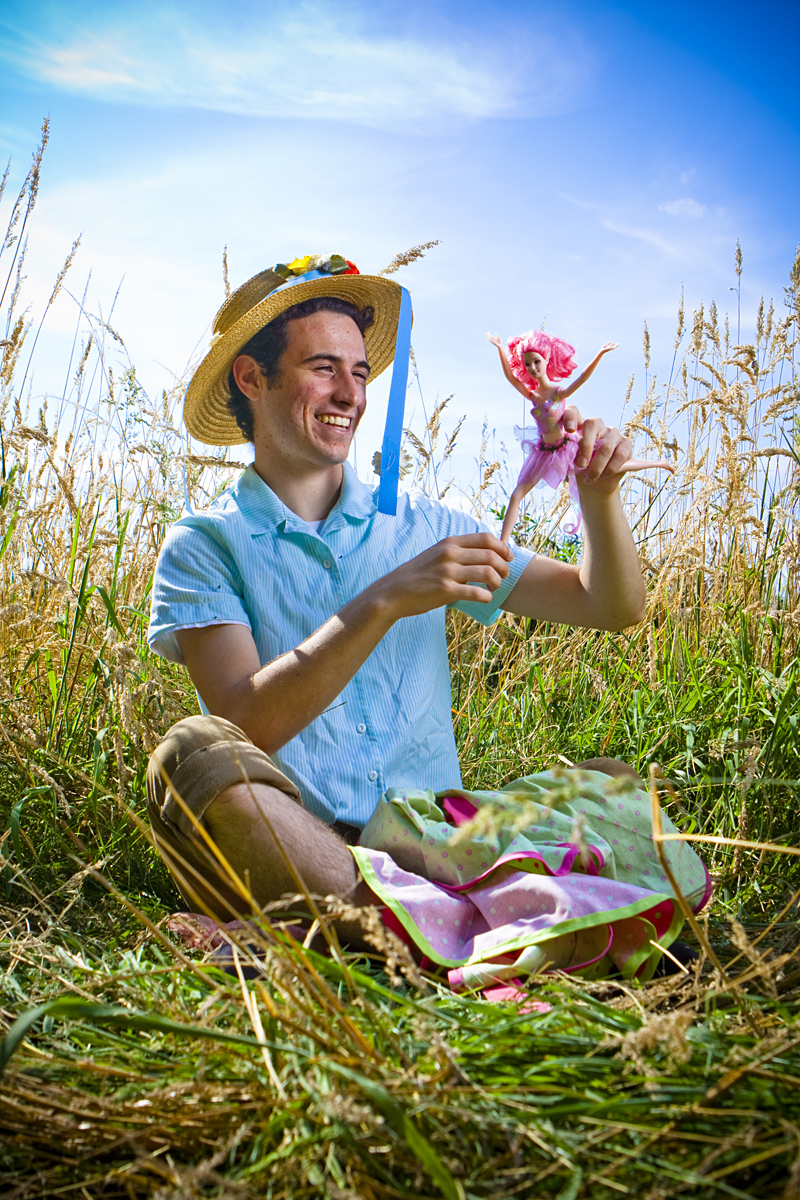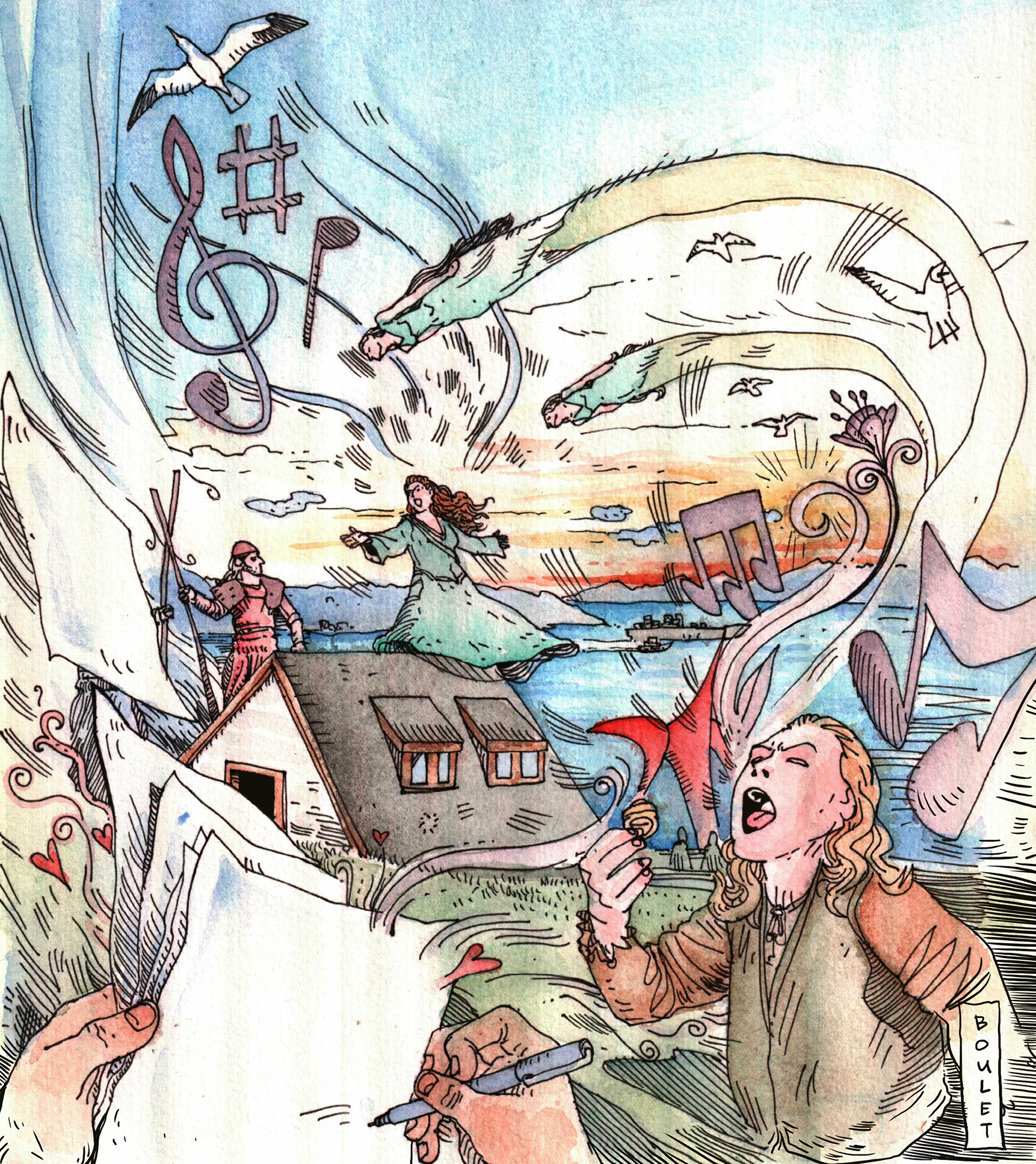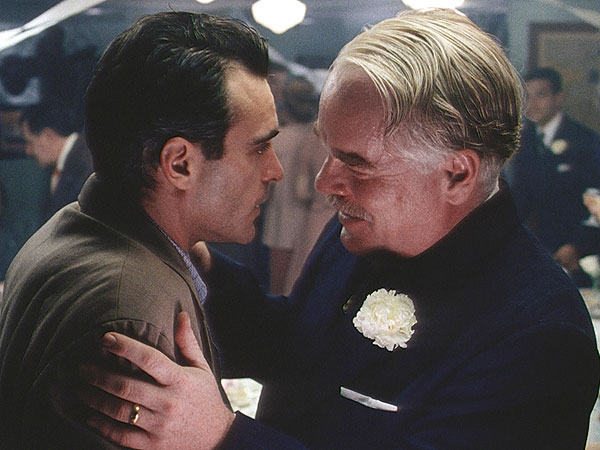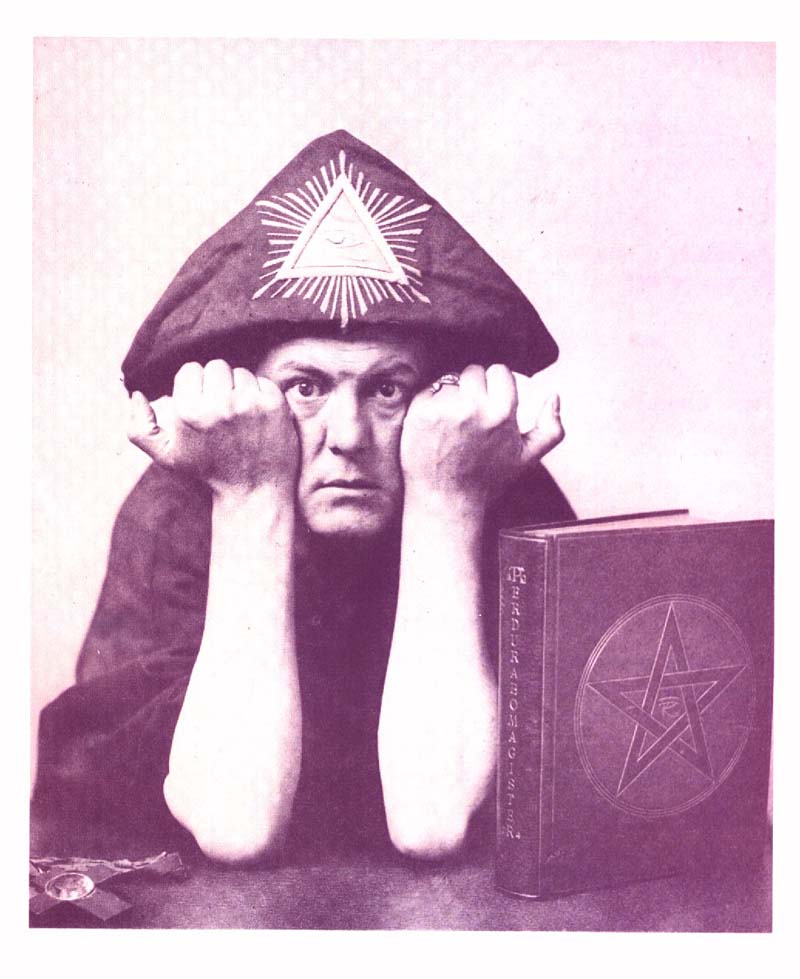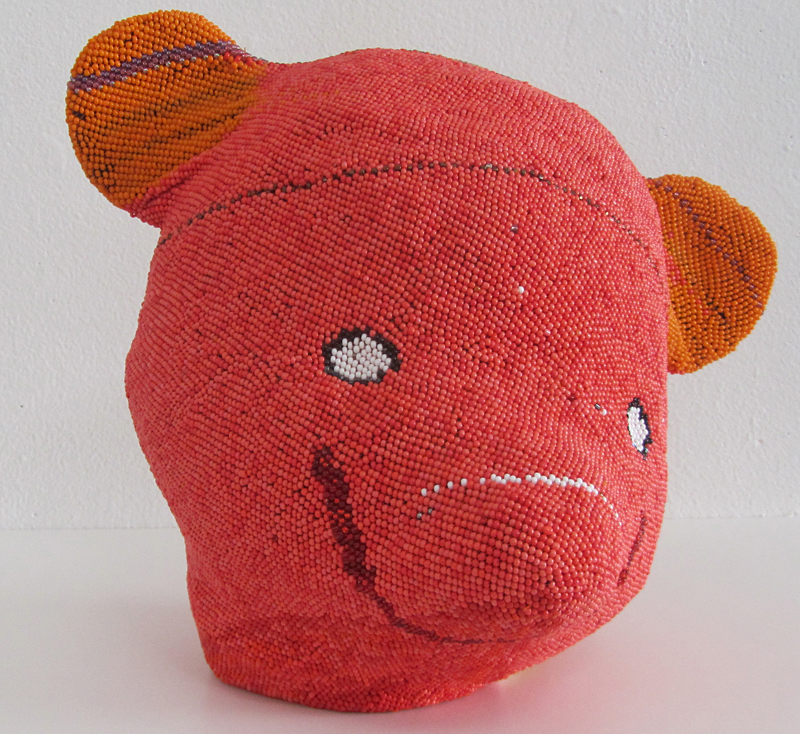1) Joshua Conkel took only a few minutes to set up his outlandish premise in Washington Ensemble Theatre’s fall premiere of Milk Milk Lemonade, which revolves around two fifth-grade boys living out in the sticks (they’re played by adults). You wouldn’t really call them friends: One’s a pyro thug-in-training, the other a nascent Richard Simmons in short pants. But when the wild child says, “Let’s play,” he means it. The feminine of the duo dons a housecoat, gazes lazily out an imaginary window and begins a soliloquy seemingly stolen from Tennessee Williams. Suddenly, he/she tells her man that the reason she’s not cleaned or cooked is that she’s not been herself lately. Sick, he wonders? “I didn’t say I was sick,” the character drawls sleepily, “I said I waddn’t feelin’ right . . . We’re gonna have a baby!” At which point the other fifth-grader slams down his pretend-beer and bellows, “Goddamn it, woman! We can’t have another baby!!” Deliciously strange, and utterly unlike anything you’ll ever see again in a play about fifth-graders. KEVIN PHINNEY
2) PNB had a great year in 2011, with several truly significant productions, but probably the best single event was a lecture/demonstration by Doug Fullington. His “After Petipa” came during the October run of Love Stories, which included the famous Black Swan pas de deux from Swan Lake, originally choreographed by Marius Petipa (1818-1910). Fullington has a modest demeanor, but he’s done some groundbreaking work as a dance historian since the company hired him in 1995 (originally as a pianist; he’s now Education Programs Manager). His presentation on the changes in classical ballet before and after Petipa—using PNB dancers to illustrate his points—cogently showed how and why things came to look the way they do on stage today. The company will take his lec/dem to New York next spring, and it will be live-streamed as part of the Guggenheim’s “Work and Process” programming, giving you a second chance to see it. SANDRA KURTZ
3) Some of the best acting in town is done without sets or props or sound effects. Organized by “a loose confederation of Seattle theatre artists,” the monthly Endangered Species Project script readings feature some of the area’s hottest stage talent. The venues change each month (see endangeredspeciesproject.org), but the constant is interesting, rarely performed plays. With little more than folding metal chairs and script pages, the performers have to be particularly resourceful. During the September presentation of the World War II POW drama Stalag 17, for example, when an American traitor is tricked outside the barracks to be shot by their German captors, those inside—whom he had spied upon on and ratted out—nonetheless flinch at the bullets killing their former friend. His body seemed to hang in the air for an eternity. Everyone watching died a little. MARGARET FRIEDMAN
4) Crystal Pite’s choreography for her Kidd Pivot company combines daredevil physicality with a tender, humane perspective. Her Dark Matter, presented at On the Boards in February, opens with a man murdered by his own puppet. And it ends in an apocalyptic landscape. This would have been unrelentingly bleak if not for Pite’s staging of the finale. One dancer carries another, who appears to be dead . . . then suddenly revives with a lurch. The moment has stuck with me all year. SK
5) Bret Fetzer and Juliet Waller Pruzan crammed the contents of an entire amusement park into Theater Schmeater’s kid-oriented summer diversion Arrh! . . . A Dinosaur Ate My Spaceship. And they were quick to acknowledge that this outdoor romp through time and space had some loose strings. “It’s a long story,” one character shrugs, “and not all of it scientifically plausible.” My favorite part was the Tyrannosaurus rex costume, which consisted of little more than an orange paper-mache helmet-hat with big teeth to suggest a lizardy carnivore, and a baby bib with two little doll arms glued to the front. We all know that can only mean T-rex! Parents were just as charmed as their children, and while this 50-minute treat lasted only a bit longer than an ice-cream sundae on a hot, sunny day, it lingers in memory no less sweetly. KP
6) This moment may have been so memorable because it’s a fictional invention inside a history play, Mary Stuart, performed at ACT this fall. Mary, Queen of Scots (Anne Allgood) is released from prison for one brief outing in the woods. There she has a highly choreographed “chance encounter” with her jailer, her jealous and vengeful cousin Elizabeth I (Suzanne Bouchard). After giddily rediscovering the fresh air and fecund loam of nature, Mary glances up from the dirt to see her rival towering above, ludicrously overdressed and imperious. They looked like two halves of a cleft persona, utter opposites. For a few seconds, we in the audience could believe those two might reconcile and prevail over self-pride. Then the moment’s over. They reclaim their respective majesties, and fur flies again. MF
7) The Agony and Ecstasy of Steve Jobs Before Steve Jobs’ death and deification, monologist nonpareil Mike Daisey took aim at the Emperor of All Things iRelated, and found that while he was a genius marketing visionary, he was anything but a nice guy. As Daisey explained at Seattle Rep this spring, Jobs depended on Chinese slave-wage laborers to manufacture those precious electronic miracles we (and Daisey) so covet. Apart from his calculated outrage, Daisey’s achievement as an actor was singularly impressive. Never once standing, but railing from his seat behind a table, he escorted his audience from deep inside the heads of the gearheads in Cupertino to fanboys in the marketplace and around the world to Shenzhen, China, to meet Jobs’ discarded minions who’ve been broken on the wheel of progress. KP
8) There was a whole series of related moments—wonderful and painful—as the Merce Cunningham Dance Company visited on its farewell Legacy Tour this October. We had known since before his 2009 death that Cunningham wanted his company to end with him; he was already shifting his repertory to an archive and changing the performance model (e.g., Cornish College’s minEvent). Still, watching that transition was fraught with emotion. Besides the ancillary Cunningham movies and panels onstage at the Paramount, I particularly savored his company’s luminous Rain Forest. Joni Mitchell was wrong—we did know what we had before it was gone. SK
9) Physical comedy is humor in its purest form. Dude walks into a door. Guy steps on a rake. It’s the kind of stuff that’s been popular from vaudeville up through America’s Funniest Home Videos. However, it takes a talent like recovering circus clown Lorenzo Pisoni to remind us that physical comedy can actually be elevated into an art form. In his one-man show Humor Abuse (staged at the Rep this fall), Pisoni moved effortlessly from one setup to the next, often involving the audience in his cleverly worked-out schemes. While Humor Abuse is ostensibly the tale of his joining the family business (the Pickle Family Circus), his stage memoir also included intricate bits of clown pantomime—including a 10-minute tour-de-force involving nothing more than a ladder, a bucket of water, and his promise to dive into it. KP
10) Zoe Scofield and Juniper Shuey have been working hard at working together for several years, trying to integrate dance and visual art, rather than presenting them side-by-side. They’ve had notable successes in the past, but this month’s A Crack in Everything (at On the Boards) was a giant step forward. Scofield has continued to refine her kinetic style, a kind of feral articulation where movement is both impulsive and highly crafted, nesting it inside Shuey’s environments, which combine the latest in video projection with old-fashioned stagecraft. SK
